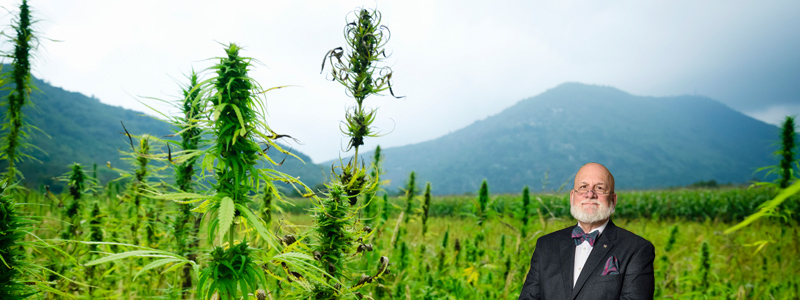Oxymoron: a figure of speech by which a locution produces an incongruous, seemingly self-contradictory effect, as in “cruel kindness” or “to make haste slowly.”.
The Eighteenth Amendment to the U.S. Constitution took effect January 17, 1920 and was repealed by the Twenty-Third Amendment on December 5, 1933. During those 5,071 days of Prohibition, citizens found innumerable ways to obtain the adult beverages they fancied. The more infamous efforts were criminal, usually resulting in mayhem. Yet there is one aspect of the alcohol ban that gets scant attention today because it wasn’t as exciting as the raids and police chases.
“Medicinal Alcohol” became a fashionable remedy, prescribed by doctors and dispensed by local pharmacies.
Our twenty-first century version is “Medical Marijuana” – different substance, same conversation.
For most of the 1920s, a person could easily obtain a prescription for one pint of liquor every 10 days. All it took was cash — about $3, the equivalent of about $40 today — placed in the hand of an agreeable doctor. It cost another $3 to $4 to have it filled at the pharmacy. Initially, the American Medical Association (AMA) rejected the use of alcohol for any health purpose. Practitioners involved in the prescribing and selling of “medicinal alcohol” experienced more vibrant practices while those who resisted found themselves less successful.
The December 3, 1921 issue of the AMA journal (JAMA) notified members that they would be receiving a survey on the use of alcohol. Half of the members, around 20,000, were polled. The JAMA article stated, “It is the duty of every physician who receives this questionnaire to express his opinion.”
ABOUT FACE: By survey, opinions instead of scientific testing, the AMA discovered no less than 27 conditions that benefited from alcohol use including diabetes, cancer, asthma, snake bite, lactations and “old age”. This speedy discovery prompted the AMA to issue their 1922 “Referendum on the Use of Alcohol in the Medical Profession”, asserting their 1917 resolution against alcohol no longer had scientific value – so much for evidence-based medical practice.
“Medicinal” booze was perfectly legal – and supported by the powerful AMA. To some, though, it also made a mockery of the law, debased the dignity of the medical profession and encouraged rampant criminality, as mobsters eventually and inevitably took over much of the medicinal market.
What finally straightened out the liquor business was the legalization that came with the repeal of the Eighteenth Amendment in 1933, accompanied by a coherent and effective set of enforcement laws, a healthy boost in tax revenues and an honest recognition that, all too often, “medicinal” had been a cynical euphemism for “available.”
In the first year after the repeal the federal government coffers were enriched by over $300 million (equivalent to over $4 Billion today).
That brings us to modern legalized “medical marijuana”, a clear source of concern among politicians and the public in general. Focusing on the medical aspects of “the weed” and creating layers of legislation to control it is a sham, as the honest objective should be legalization.
Yes, legalizing marijuana will pose problems, but none more onerous than those presented by alcohol use.
No, marijuana isn’t the gateway to harder drugs.
Rather than playing word games, wouldn’t it be better to respond as thinking adults to advance means to control marijuana use – and “enrich the coffers” as an added gain? We succeeded with alcohol almost a century ago. Writer Malcolm Gladwell defines tipping point as “the moment of critical mass, the threshold, and the boiling point”. That tipping point is here today and there seems no better time to act. We can remove the issue from our collective plate, not by playing word games but by altering how we respond to the preferences of our citizens. That would allow us the freedom to address more pressing issues, such as healthy food, living well, a cleaner environment, reducing drug use (especially in children), and the billions of other distractions that keep us unfocused.

